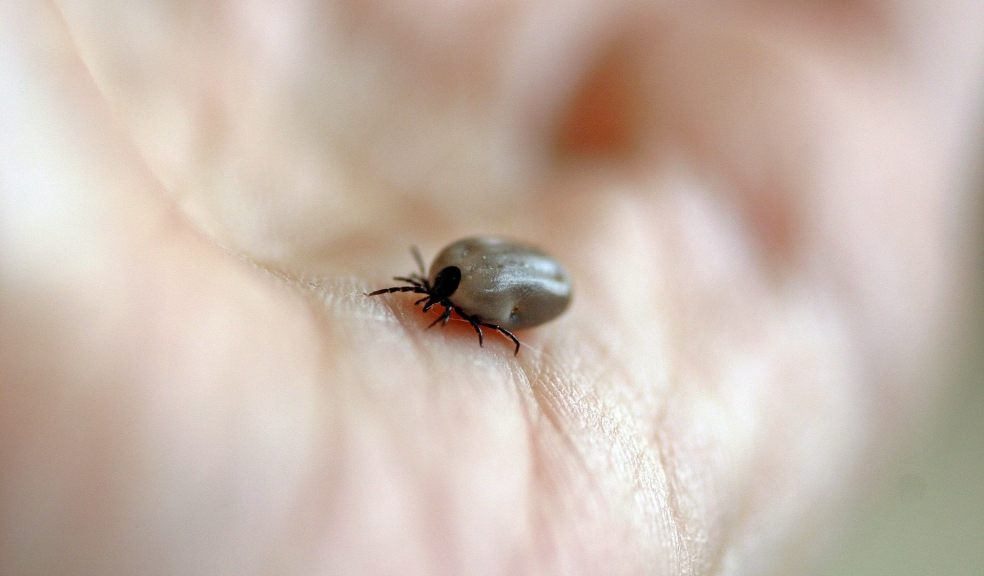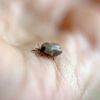
Be 'tick aware' this spring
As the weather warms up, Devon County Council’s public health team is stepping up its advice for people to be ‘tick aware’ as they get out and about in the countryside.
The advice comes during Tick Bite Prevention Week (24-30 March) – a UK public health and awareness campaign to inform the public about the different ways to prevent tick bites. Tick bites can be a serious problem and in many cases can be harmful causing infections that can lead to serious health problems. Around 3,000 people each year are affected by Lyme disease in the UK.
Ticks are found in moist areas of dense vegetation or long grass in woodland, grassland, moorland, heathland and some urban parks and gardens. They can be found throughout the year, but are most active between spring and autumn.
Dr Virginia Pearson, Devon’s Director of Public Health, said: “Ticks are something many pet owners are already aware of, and know how to deal with, but as many of us take to the moors, woodlands and coastal paths to enjoy our beautiful scenery and fresh air, we are more likely to come into contact with ticks, and need to be aware what to look for.
“Ticks are tiny spider-like creatures and are found in woodlands, parks and gardens. They are most prevalent in late spring, summer and autumn.
“Lyme disease is a bacterial infection which is transmitted by tick bites. Often the only symptom of Lyme disease is a rash, which gradually spreads from the site of the tick bite. The rash can cover a large area and last for weeks if left untreated. Some patients may also have flu-like symptoms.
“If left untreated more serious symptoms may develop in the following weeks or months. Lyme disease can be treated successfully with antibiotics and early treatment usually clears the rash within several days and helps to prevent the development of complications. More serious symptoms also respond to antibiotic treatment.
“There is not yet an effective vaccine against Lyme disease so tick awareness, avoidance of tick infested areas if possible, the use of appropriate clothing in areas where ticks are more common and early removal of attached ticks remain the most important prevention measures people can take to protect themselves and their families.”
Public Health England’s advice to minimise the risk of being bitten by an infected tick, is to:
- wear appropriate clothing (a long sleeved shirt and long trousers tucked into socks). Light coloured fabrics are useful, as it is easier to see ticks against a light background
- consider using insect repellents, such as DEET-containing preparations
- inspect skin frequently and remove any attached ticks. Ticks can be very small, look for something as tiny as a freckle, or a speck of dirt
- at the end of the day, check again thoroughly for ticks, especially in skin folds
- make sure that children’s head and neck areas, including scalps, are properly checked
- a shower or bath after returning from a tick-infested area helps to reduce risk
- check that ticks are not brought home on clothes
- check that pets do not bring ticks into the home on their fur
For more information about tick bite risks and prevention click here.

















